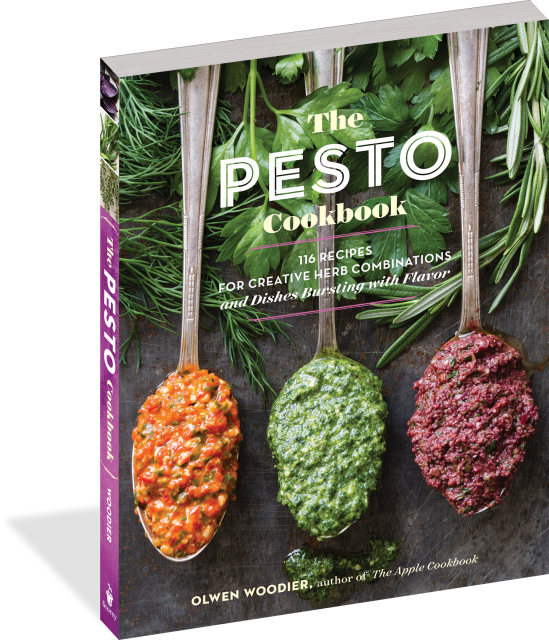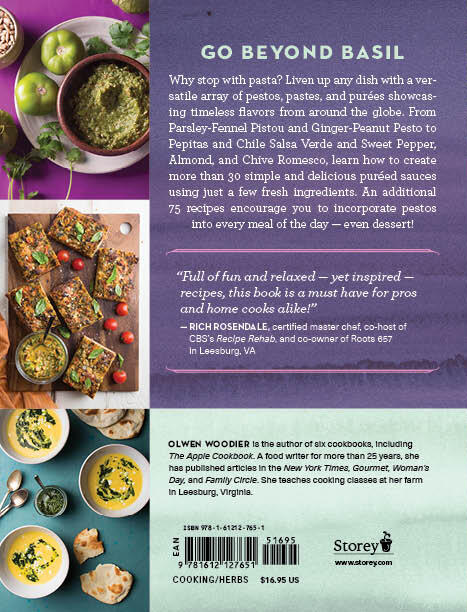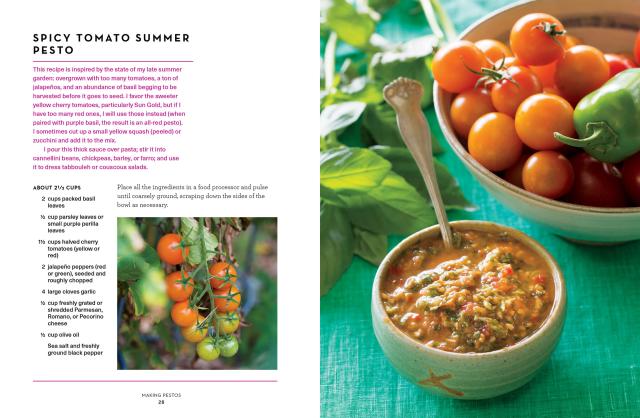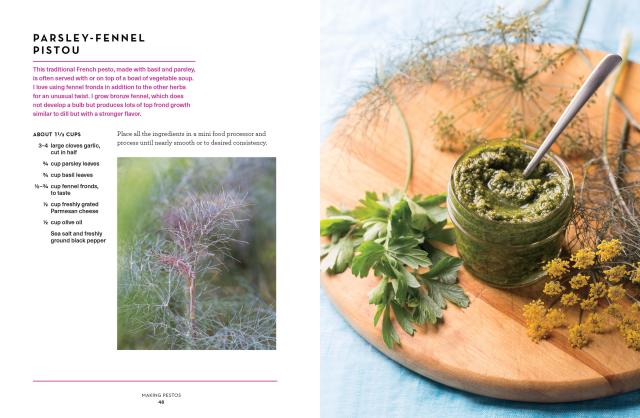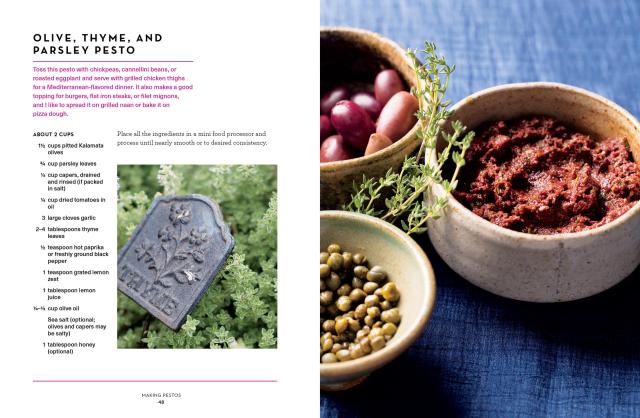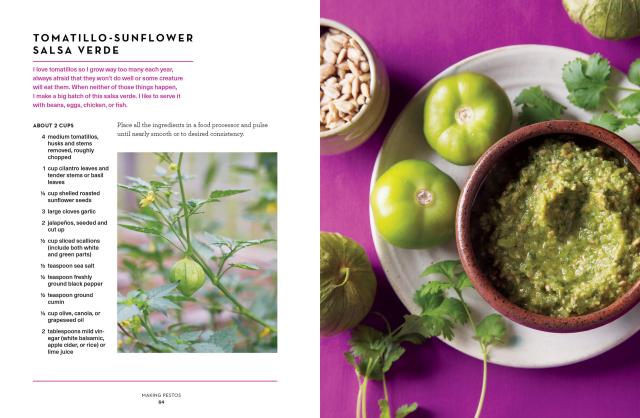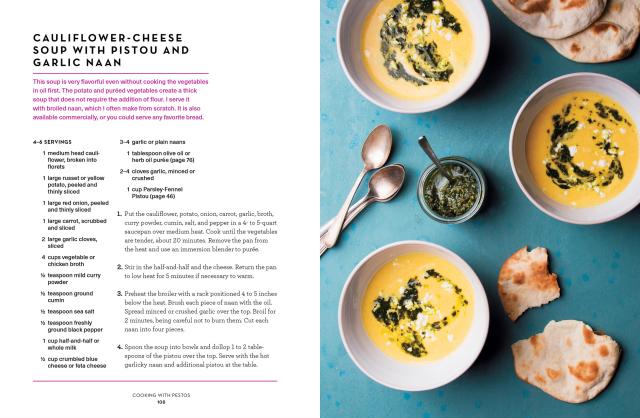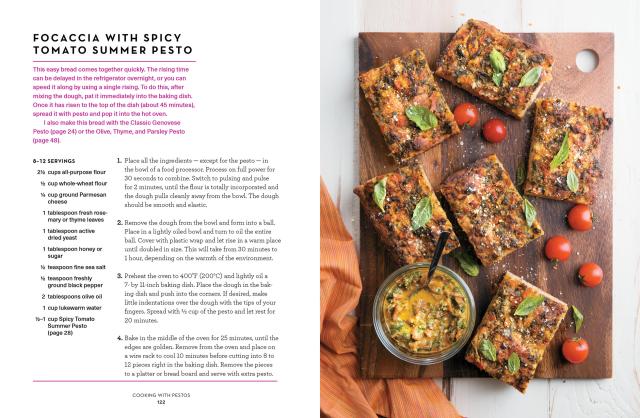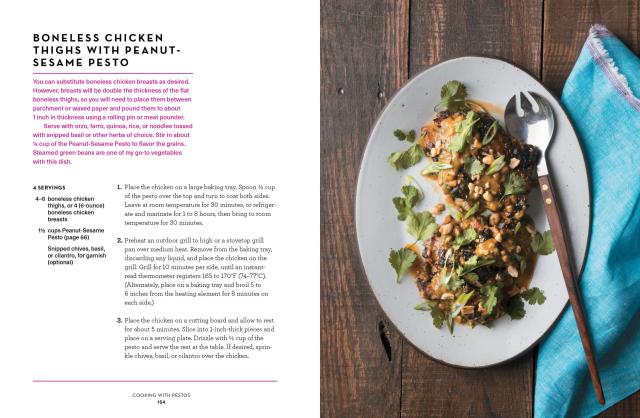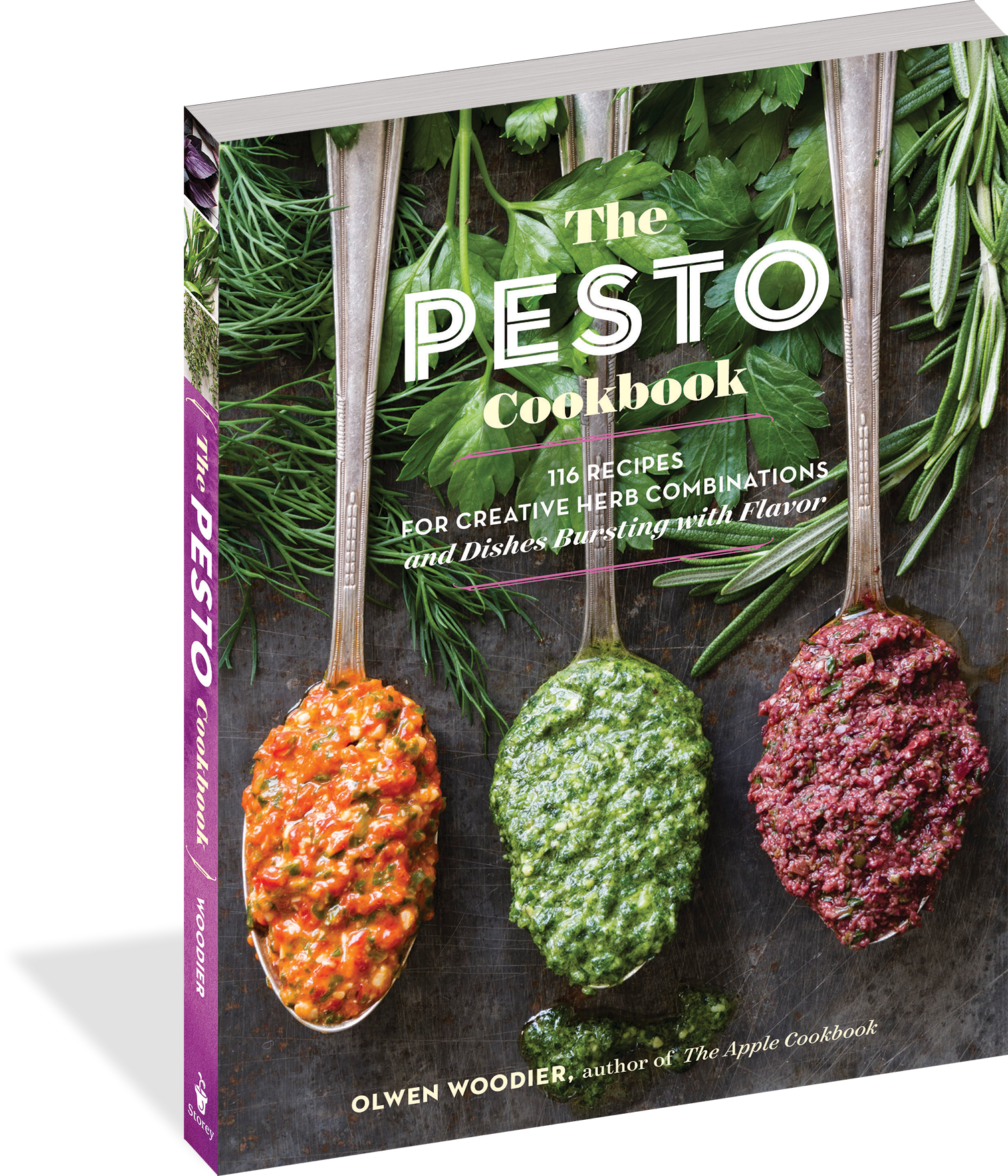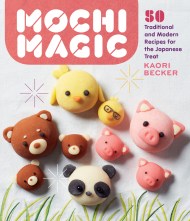Promotion
Use code MOM24 for 20% off site wide + free shipping over $45
The Pesto Cookbook
116 Recipes for Creative Herb Combinations and Dishes Bursting with Flavor
Contributors
Formats and Prices
Price
$17.99Price
$22.99 CADFormat
Format:
- Trade Paperback $17.99 $22.99 CAD
- ebook $11.99 $15.99 CAD
This item is a preorder. Your payment method will be charged immediately, and the product is expected to ship on or around April 17, 2018. This date is subject to change due to shipping delays beyond our control.
Also available from:
The classic pesto mixture of basil, garlic, olive oil, nuts, and Parmesan cheese is a popular favorite, but why stop at basil? Unlock the full potential of pesto by introducing into the mix other delicious herbs, including rosemary, mint, parsley, thyme, tarragon, and cilantro. This diverse collection of recipes for fresh pestos, pastes, and purées takes inspiration from cultures beyond Italy, with international delights such as Moroccan Chermoula, Brazilian Tempero Purée, and Peanut-Cilantro Pesto. In addition to 49 pesto recipes, 67 creative recipes for cooking with pesto show off how versatile these simple sauces can be.
Genre:
-
“Full of fun and relaxed — yet inspired — recipes, this book is a must have for pros and home cooks alike!” — Rich Rosendale, certified master chef, co-host of CBS’s Recipe Rehab, and co-owner of Roots 657 in Leesburg, VA
- On Sale
- Apr 17, 2018
- Page Count
- 224 pages
- Publisher
- Storey
- ISBN-13
- 9781612127651
Newsletter Signup
By clicking ‘Sign Up,’ I acknowledge that I have read and agree to Hachette Book Group’s Privacy Policy and Terms of Use
